Best AC Car Repair Services in Vasant Kunj Delhi
Car air conditioner service does more than keep you cool. It maintains the entire A/C system to prevent a costly repair. As the heat settles in for the long summer each year, we see a lot of people who ignore this quick service, which can result in costly car A/C repair.
Cost of AC Car Repair Services in Vasant Kunj
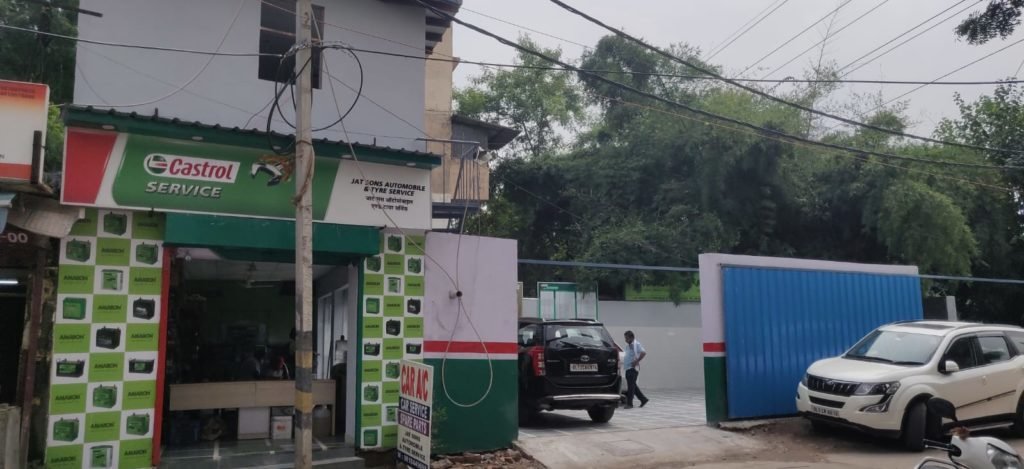
Special Car A/c Service Mini Package at ₹ 900 includes:-
- – Filter cleaning
- – Car Radiator chemical Wash
- – A/c Condenser chemical wash
- – A/c Gas Top-up
- – A/c compressor oil change
How often do I need to repair CAR Ac/
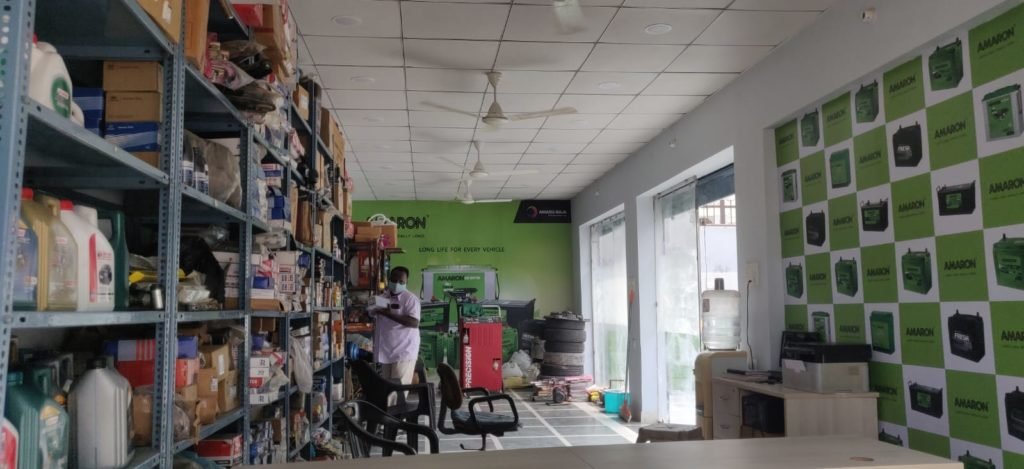
The air coming out of your vents may be cold enough to keep you happy, but it does not mean that your system is charged to specification. It may be as much as 20 percent low and still make reasonably cold air.
If you wait until it stops cooling, you increase the chance of additional damage.
We at Jatsons automobiles recommend once every year, especially before the summer season. This increases airflow, a/c cooling, avoids car engine heat problems and increases fuel efficiency.
Types of AC CAR Services we offer
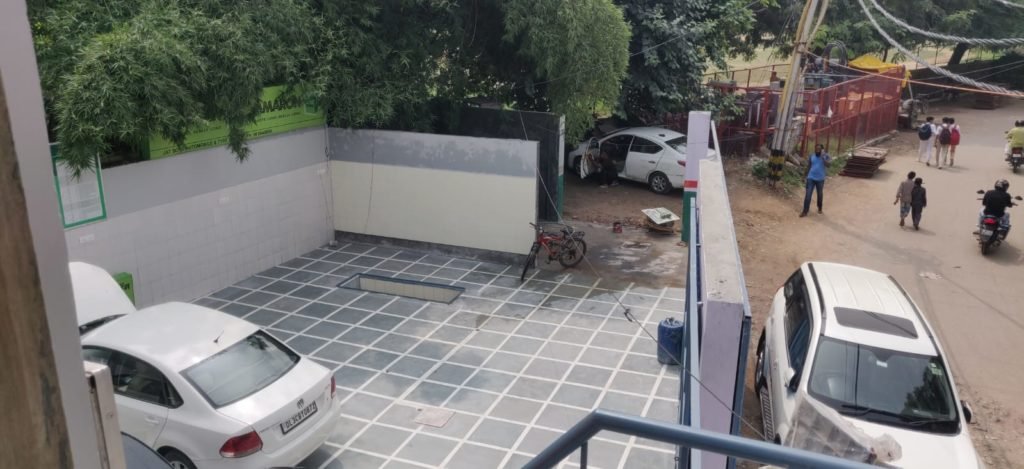
Orifice Tube and Accumulator System
The Orifice Tube and Accumulator system come with the orifice tube before the evaporator and the accumulator before the compressor.
The Orifice Tube controls the refrigerant flow and controls the low-pressure mist before entering the evaporator. Whereas, accumulator holds the refrigerant and removes moisture from it to control the damage.
Expansion Valve and Receiver-drier System
The Expansion valve and receiver-drier system come with an expansion valve before the evaporator core and receiver-drier between the condenser and in-line filter kit. The desiccant in this system absorbs moisture. It works like the accumulator, but it is located on the high-pressure side rather than the low-pressure side. The expansion valve works the same in both systems and restricts refrigerant flow to convert the liquid into the low-pressure mist.
Common CAR AC problems
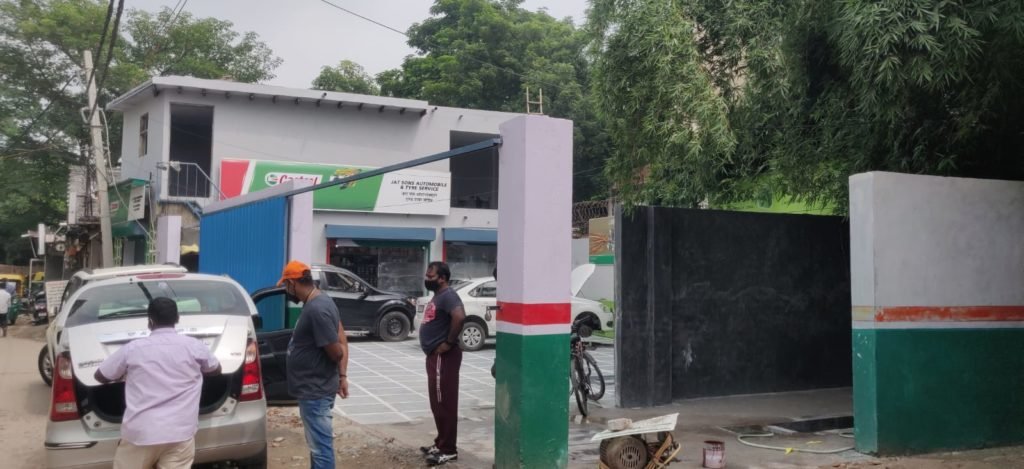
Problem: No Cold Air from A/C
Most often this issue is caused by a refrigerant leak. Your A/C’s components rely heavily on the refrigerant to cool the vehicle. Without sufficient refrigerant, the other air conditioning components will be unable to function.
A leak can occur at any time but most often due to a hole in a connection, hoses, compressor, condenser, or a ruptured evaporator. Unlike an oil leak, unfortunately, refrigerant leaks are difficult to identify. This is because refrigerant is meant to evaporate when exposed to the environment.
Solution: A technician will need to add a fluorescent leak tracer dye and refrigerant to the system. Once added, the technician will run the air conditioning and using a blacklight, will be able to identify the leak to begin repairs and finally perform evacuation and recharge to once again blow cold air.
Problem: No Air Coming From the Vents
This issue isn’t as clear-cut as hot air coming through the vents. A knowledgeable technician will need to eliminate the possible causes by checking several components first. The technician may begin checking for:
A blown fuse or bad relay – If the ventilation fuse blows there will be no power to the blower motor preventing air from blowing through the vents. Likewise, a bad relay can also be the culprit since the relay takes the small electrical current and uses it to regulate the larger current needed for ventilation.
Damage to the blower motor or blower resistor – The blower motor is what pushes the air through the vents in the car, similar to a fan in your home. Blower motors that have malfunctioned due to wear or age will prevent air from coming through the vents. Similarly, the blower resistor works with the blower motor to control the level of how much air is produced to flow through the vents (low, medium, high) based on your preference.
Blocked air intake – Vehicles have two areas where air enters the vehicle. One is where air enters your vehicle through vents by the lower half of the windshield and the other is the air that is recirculated from inside the cabin. If either of the air intake areas is blocked from a clogged filter or other debris, your vents may blow little to no air.
Damaged belts and hoses – The air conditioning system is equipped with many hoses and belts that operate the system. Any sort of leak, detachment, or blockage will prevent proper airflow from the vents.
Solution: Replace fuses and/or the relay, first. If the issue persists, you’ll want to visit an expert A/C Technician to test the other components related to the ventilation system. Repairs or replacement may be required.
Problem: Air is Cool But Does Not Get Cold
Most often this issue is due to low refrigerant. When there is not enough refrigerant in the system the pressure is reduced which prevents the clutch from triggering the compressor to begin its cycle. If enough refrigerant is in the system it could also be caused by:
Blocked or Failed Condenser – The condenser is the device that takes the refrigerant from its gaseous state by removing the heat and transforming it back into a liquid state. If the condenser has a blockage or is otherwise damaged, the air coming through the vents will not be cold.
Failed Clutch Switch – If this component is not functioning, the air compressor will be unable to operate, thus preventing it from condensing the liquid refrigerant into gas.
Solution: A technician will need to test these major components to look for blockages, damage, or failure and replace them as necessary.
Problem: AC Smells Like Mildew
When you turn on your air conditioner and the noxious smell of mildew hits your nostrils, it’s because of the growth of bacteria in the system.
This is common with vehicles that seldom use A/C, are older, or that frequently use the maximum setting (due to extra moisture in the unit). Bacteria, mold, fungi, and other micro-organisms may develop behind the dashboard on the evaporator. This growth produces a foul odor that comes out of the vents.
Solution: Air filters can collect dirt, water, dust, and other pollutants and after some time producing an odor. Replacing your air filter will help combat this issue. If replacing the filter does not eradicate the stench, a technician will need to add an anti-bacterial solution into the evaporator area to kill mold and other contaminants from the system.
Problem: Car AC Makes Noise When Turned On
Anytime your car makes a noise that wasn’t there before could be a sign of trouble. Air conditioning systems are relatively quiet when in use. When you turn on your air conditioning and hear rattling, banging, or other unusual sounds, it’s normal to feel a bit nervous about what is causing the issue.
It could be as simple as leaves or other road debris blocking the unit and producing all sorts of unusual noises. It could also indicate a major component could be in failure. If a bearing is worn out the air conditioning will produce a grinding or squealing sound. A rattling sound could indicate the compressor’s clutch has failed.
Solution: Continuing to use your A/C may only make things worse. Take your vehicle to a trusted technician for inspection. A thorough inspection will be able to determine if a major component is in failure and whether it will need to be replaced.
Problem: Water on the Floorboards
Bacteria builds up on the air conditioner’s evaporator coil in the A/C heater box located under your dashboard. The bacteria from airflow mix with the condensation from the coils, creating a slimy film on the A/C fins and producing a moldy smell. After a time, the film builds up and can clog the drain line. The drain line is a rubber hose that begins in the evaporator heater box, goes through the floor, and to the undercarriage to remove excess moisture. Once plugged, water from the condensation fills up the heater box and begins dripping out and onto the floor of the vehicle, typically on the passenger side.
Solution: If you notice the floor of your vehicle is damp, don’t hesitate in getting your vehicle to an automotive center for immediate repair. A technician will need to determine what has caused the drain line to become clogged and repair or replace the hose as necessary.
Problem: Air Conditioning Goes from Cold to Hot
When you’re driving and the air suddenly goes from comfortably cool to horribly hot, you know there’s a problem. It’s possible that the expansion valve that dispenses the correct amount of refrigerant to the evaporator has failed. A blocked expansion valve prevents the refrigerant from reaching the evaporator and, if moisture is present, causing the valve to freeze.
Solution: Air conditioning should be cold. If it’s not a certified technician will need to properly test the system’s pressure and inspect components for blockages or malfunctions.
5 Post car ac service maintenance tips
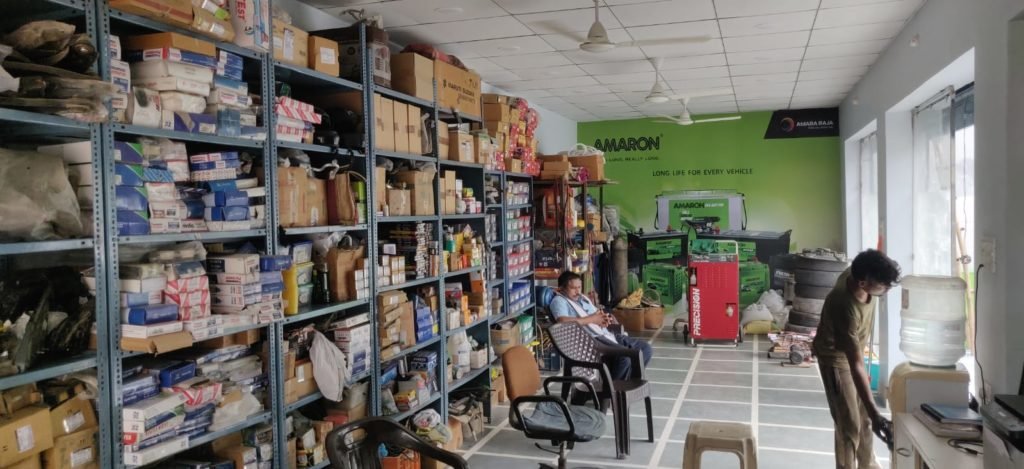
Use it regularly
There is a misconception among Indians that using ac regularly may damage it. However, the opposite of this is true. Not using an ac regularly may damage the air conditioning system of your car.
Use it regularly despite the weather conditions. Use it at least once a week for 10-15 minutes.
Check refrigerant level
The air blown out of the ac keeps your car cool, and this air is cooled with the help of a refrigerant. Checking the refrigerant level is essential and a must item in the car AC maintenance checklist.
Bring mechanics’ notice to check the optimal refrigerant level as the regular service schedule does not include this.
Regular servicing for AC is a must.
Machines need regular servicing and proper maintenance to run smoothly. Your ac also needs adequate servicing. Ensure you take your car to the mechanic regularly and get servicing for your ac on regular periods. This will also increase the longevity of the machine.
Nowadays, specialized air conditioning car service is provided at many garages. Car air conditioner repair is also necessary in case of any severe damage.
Replace cabin air filter regularly
The cabin air filter traps the dust particles and pollutants that come from outside in your car’s cabin. Low maintenance of cabin filters may result in its clogging with dust and contaminants, and it will start retaining moisture also. This dust retention can turn your cabin filter into a breeding ground for germs and bacteria.
The air filter of your air conditioner should be changed every year.
Learn to use the Air conditioning system in the correct way
For proper air conditioner maintenance, learn to use the air conditioning system in a good way. Care can’t guarantee a long life of your ac if you do not operate it smartly.
Wherever you enter the car, lower down the glass and turn on the fan blower with a fresh air dial setting to allow the fresh air in your car. This will release the hot and warm air outside and will regulate the inside temperature.
After a few minutes, shut the windows and let the ac regulate the cabin’s temperature. Once the weather becomes optimal, turn the dial from fresh air to recirculating air and reduce the fan speed.
Shut down everything
This might not look relevant to many, but it is a very crucial step. Turning off everything in order is essential. The aircon should be turned off first then followed by the ignition. You can let the fan move after switching off the ac to ensure evaporation. This will save your car from turning into a breeding ground for bacteria.
Some additional advice
Parking in shade: Regularly using ac is suitable for car AC maintenance but overusing is also bad for it. Park your car in the shade to avoid overheating the cabin.
Overheating of the car can damage the engine. Parking the car in the shade will prevent it from excessive heating and help maintain the car’s optimal temperature.
Ventilate your car: Besides other car AC tips, remember proper ventilation is necessary for you and your car’s health. Intake and exhaust of the air will maintain an optimal temperature inside the vehicle.
Vasantkunj,NewDelhi
nirajtomar@gmail.com
+91-9971507572
© 2025 JatSons Automobiles. Built using WordPress and EmpowerWP Theme.